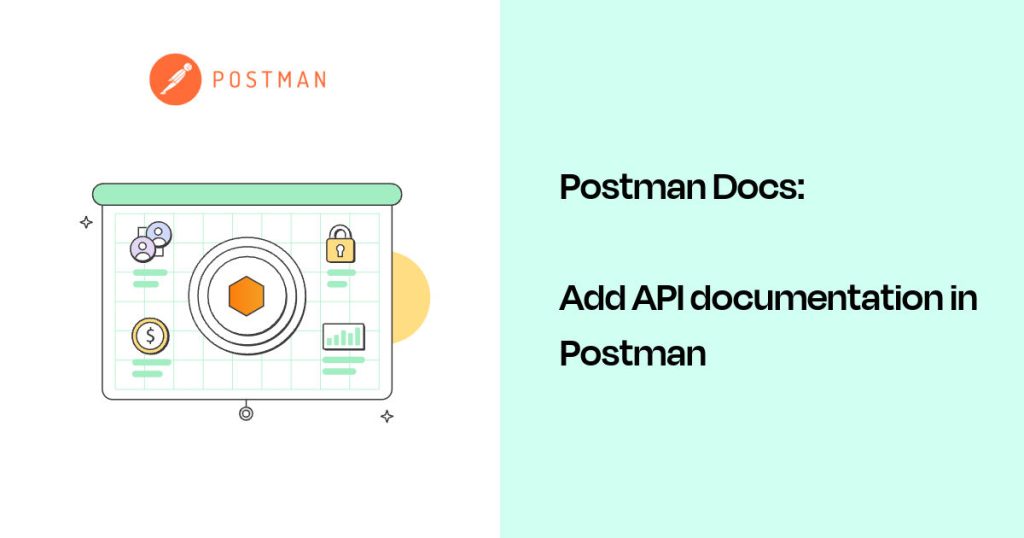In an increasingly digital landscape, the importance of cybersecurity cannot be overstated, particularly when it comes to web-based threats. URL scanner APIs serve as a vital resource for developers and organizations seeking to enhance their security protocols by analyzing and scanning URLs for potential risks. This comprehensive guide to URL scanner API documentation aims to equip readers with the essential knowledge needed to effectively leverage these tools. Whether you are a seasoned developer or a business professional exploring ways to safeguard your online presence, understanding the intricacies of API documentation is crucial. This article will delve into the fundamental components of URL scanner APIs, including their functionalities, implementation procedures, and best practices for integration. Additionally, we will provide insights into various API providers, offering a comparative analysis to help you choose the one that best aligns with your security needs. By the end of this guide, readers will be well-prepared to harness the power of URL scanning technology, ensuring a robust defense against cyber threats while navigating the complexities of modern web applications and services.
Understanding the URL Scanner API Documentation essentials for developers.
Familiarizing oneself with the URL Scanner API Documentation is crucial for developers aiming to implement robust security measures within their applications. This documentation typically provides detailed information on endpoints, request parameters, and response structures, allowing developers to effectively integrate the API into their workflows. By grasping the nuances of authentication mechanisms, rate limits, and error handling presented in the documentation, developers can enhance the reliability and efficiency of their implementations.
Furthermore, comprehensive understanding of the URL Scanner API Documentation empowers developers to harness the full potential of the API’s features, such as threat detection and content filtering. Analyzing sample requests and responses can aid in debugging and optimizing code, enabling quicker identification of issues that may arise during development. Ultimately, a thorough knowledge of the documentation serves as a foundation for creating secure applications that leverage the capabilities of the URL Scanner API effectively.
Key features of the URL Scanner API Documentation explained clearly.
The URL Scanner API Documentation outlines several key features that are essential for effective utilization of the API. One prominent aspect is the clear delineation of various endpoints, each specifically designed for different scanning functions—ranging from basic URL checks to more advanced threat analysis. This organization allows developers to quickly locate the appropriate endpoint for their needs, streamlining the integration process and improving the overall user experience.
Additionally, the documentation provides detailed descriptions of the request parameters that can be used to customize scans, including options for specifying scan types and response formats. This granularity allows for tailored requests that can cater to specific use cases, ensuring that developers maximize the API’s capabilities. Furthermore, the inclusion of rate limit information and error response codes equips developers with the knowledge to implement robust handling strategies, ultimately leading to more resilient applications that can better manage unexpected scenarios.
Best practices for utilizing URL Scanner API Documentation effectively.
Utilizing the URL Scanner API Documentation effectively entails a comprehensive understanding of both the functionality provided and the nuances of API integration. It is advisable to familiarize oneself with the examples offered within the documentation, as these can serve as valuable templates for constructing queries and interpreting results. By replicating the provided examples and gradually modifying them, developers can gain practical insights into the API’s behavior. Additionally, leveraging the versioning information included in the documentation ensures that the implementation remains compatible with any updates or changes, reducing the risk of deprecated features causing disruptions.
Moreover, engaging with the community or support channels highlighted in the URL Scanner API Documentation can enhance the overall experience. By discussing implementation challenges or sharing insights, developers can glean tips and best practices from peers who may have encountered similar scenarios. This collaborative approach not only broadens understanding but also fosters innovation in how the API can be utilized, ultimately leading to more effective and efficient integrations.
In conclusion, understanding the intricacies of the URL Scanner API is essential for developers seeking to enhance their applications with advanced security features. This comprehensive guide has outlined the key functionalities, endpoints, and best practices for integrating the API effectively. By leveraging this powerful tool, organizations can proactively identify and mitigate potential threats associated with web content, ultimately fostering a safer online environment. As the digital landscape continues to evolve, staying informed about API capabilities will be crucial for maintaining robust security measures and ensuring the integrity of user interactions.







